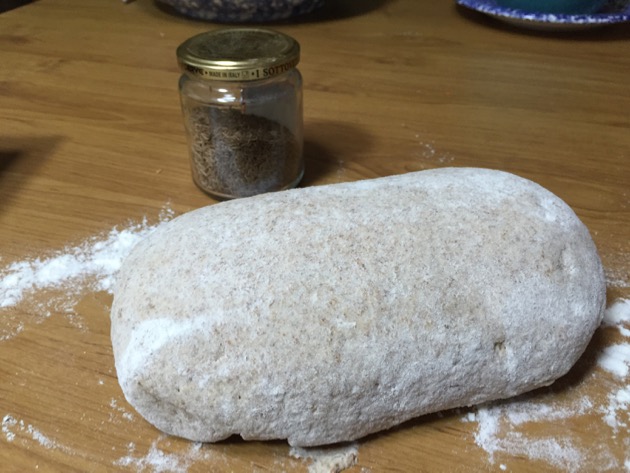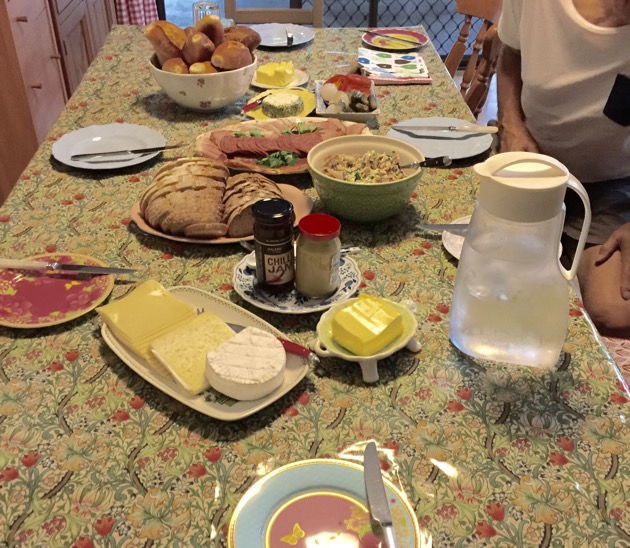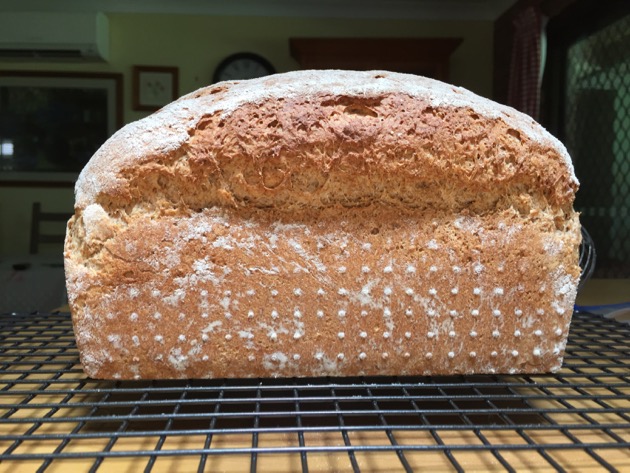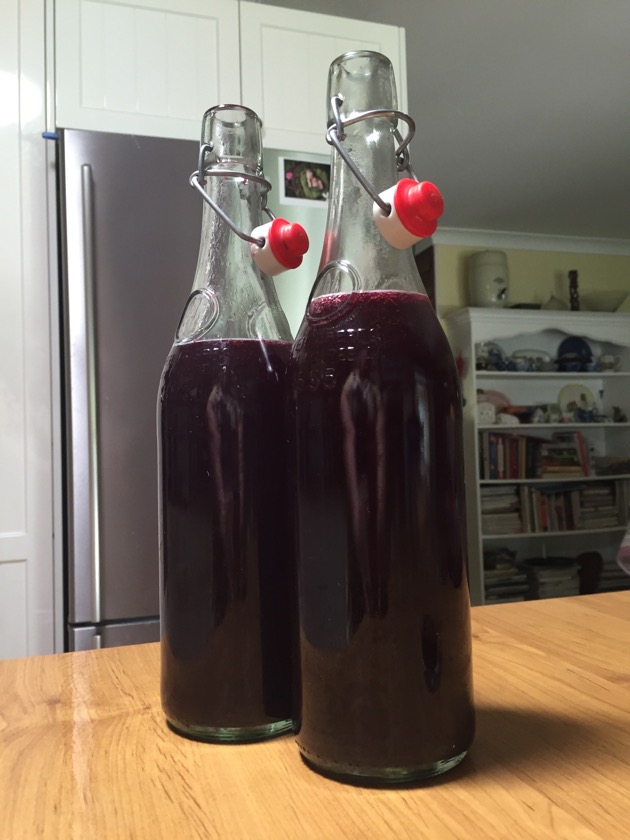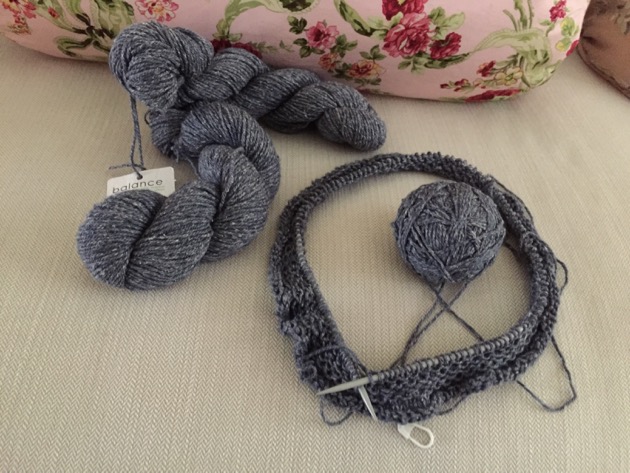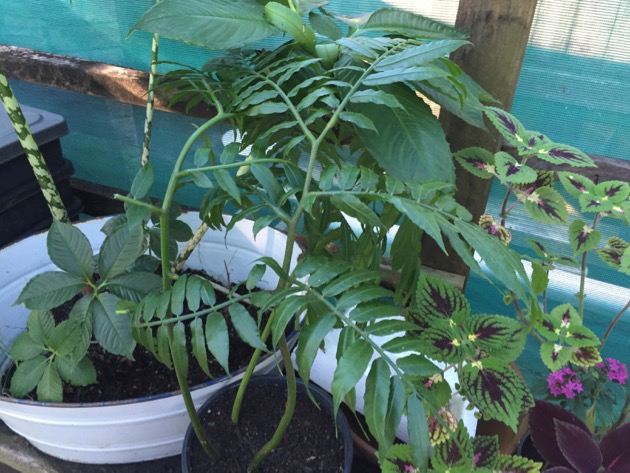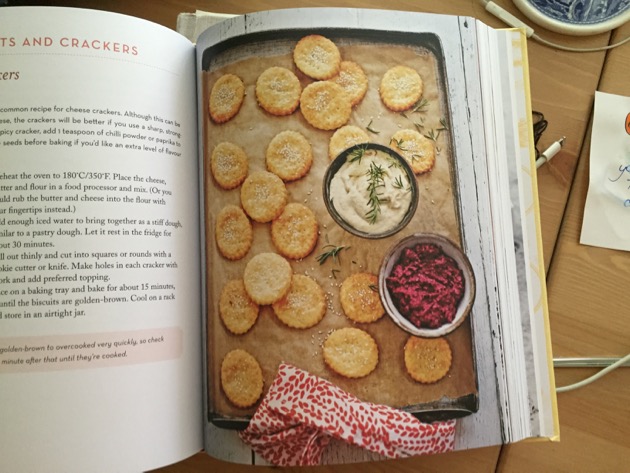There was some much needed rain here yesterday. Our small 5000 litre tank overflowed an hour after the rain started. It was short lived but the tank is full, the larger tank is probably three-quarters full, and if there is no more rain, that will see us through the next few months. It's enough and enough is all we need.
It's only now that I see these photos that I realise I didn't add enough milk to this cake batter.
They still tasted good - vanilla with lemon cream cheese frosting.
The rest of the day was spent sewing and knitting. It's such a satisfying way to spend time. Creating clothing out of wool and cotton fabric shows just how much we home producers can do for ourselves. We choose to do as much for ourselves as our time allows, using the materials we already have on hand. We create our own self-reliant, productive circle doing that by making use of what we have here, which helps us cut back the amount of waste we produce.
There is a feeling of accomplishment in being able to produce our needs without running to the shop to find bits and pieces. It often involves compromise and flexibility but I think that's part of the creative process too. Being resourceful with materials pushes us to consider ideas that may not have occurred to us otherwise.
During the week I hope to finish off a scarf and make a new nightie for myself. I'll just cut the pattern from my old nightie, I have some very soft cotton lawn here and it should make a comfortable, pretty nightdress.
If you're wanting to get yourself into the routine of doing a bit more at home, or you want to rearrange your current routines, Becci has set us a wonderful challenge over at the forum. Read her Morning Routine Challenge here and the sister thread Morning Routine Challenge Chat Thread here. Have you ever thought about helping out a charity with handmade goods? There are many charities who need various items that can be made at home and sent in. There's a thread about that on the forum too, with a list of charities that need help. It does my heart good to see the work being planned by the members.
Rose is also writing about routines and her thread Developing a weekly routine that works for you started last night. It's a good insight into how to develop your own routine based on what has been working for Rose for a long time. She also has a very popular Christmas 2016 savings group. Read about that here.
Have you ever thought about making a raggy quilt? Damac, one of our sewing moderators, is leading a raggy quilt-along. Read the thread to see what's involved and how to sign up. It won't cost anything to join in and you may be able to use some of the fabrics you already have at home. The raggy quilt tutorial thread has just gone up on the forum, so read through it, check your supplies and dive in. It's a great quilt for newbies and there are plenty of members joining in and following along.
There is a feeling of accomplishment in being able to produce our needs without running to the shop to find bits and pieces. It often involves compromise and flexibility but I think that's part of the creative process too. Being resourceful with materials pushes us to consider ideas that may not have occurred to us otherwise.
During the week I hope to finish off a scarf and make a new nightie for myself. I'll just cut the pattern from my old nightie, I have some very soft cotton lawn here and it should make a comfortable, pretty nightdress.
If you're wanting to get yourself into the routine of doing a bit more at home, or you want to rearrange your current routines, Becci has set us a wonderful challenge over at the forum. Read her Morning Routine Challenge here and the sister thread Morning Routine Challenge Chat Thread here. Have you ever thought about helping out a charity with handmade goods? There are many charities who need various items that can be made at home and sent in. There's a thread about that on the forum too, with a list of charities that need help. It does my heart good to see the work being planned by the members.
Rose is also writing about routines and her thread Developing a weekly routine that works for you started last night. It's a good insight into how to develop your own routine based on what has been working for Rose for a long time. She also has a very popular Christmas 2016 savings group. Read about that here.
Have you ever thought about making a raggy quilt? Damac, one of our sewing moderators, is leading a raggy quilt-along. Read the thread to see what's involved and how to sign up. It won't cost anything to join in and you may be able to use some of the fabrics you already have at home. The raggy quilt tutorial thread has just gone up on the forum, so read through it, check your supplies and dive in. It's a great quilt for newbies and there are plenty of members joining in and following along.





